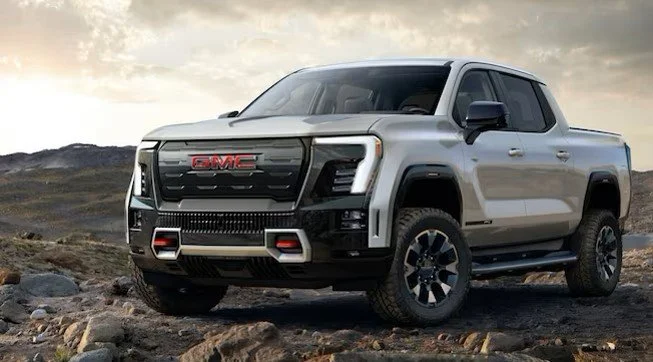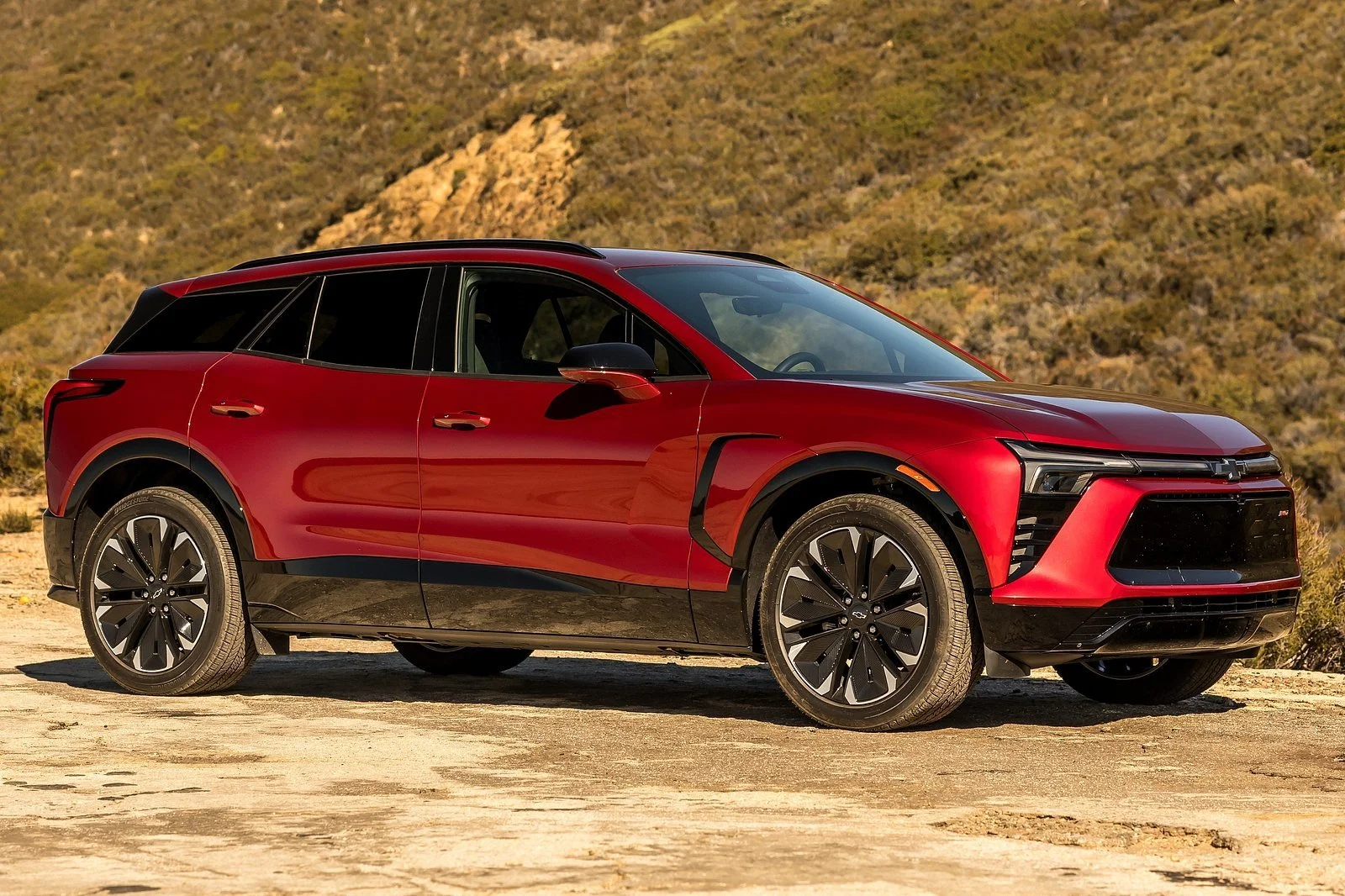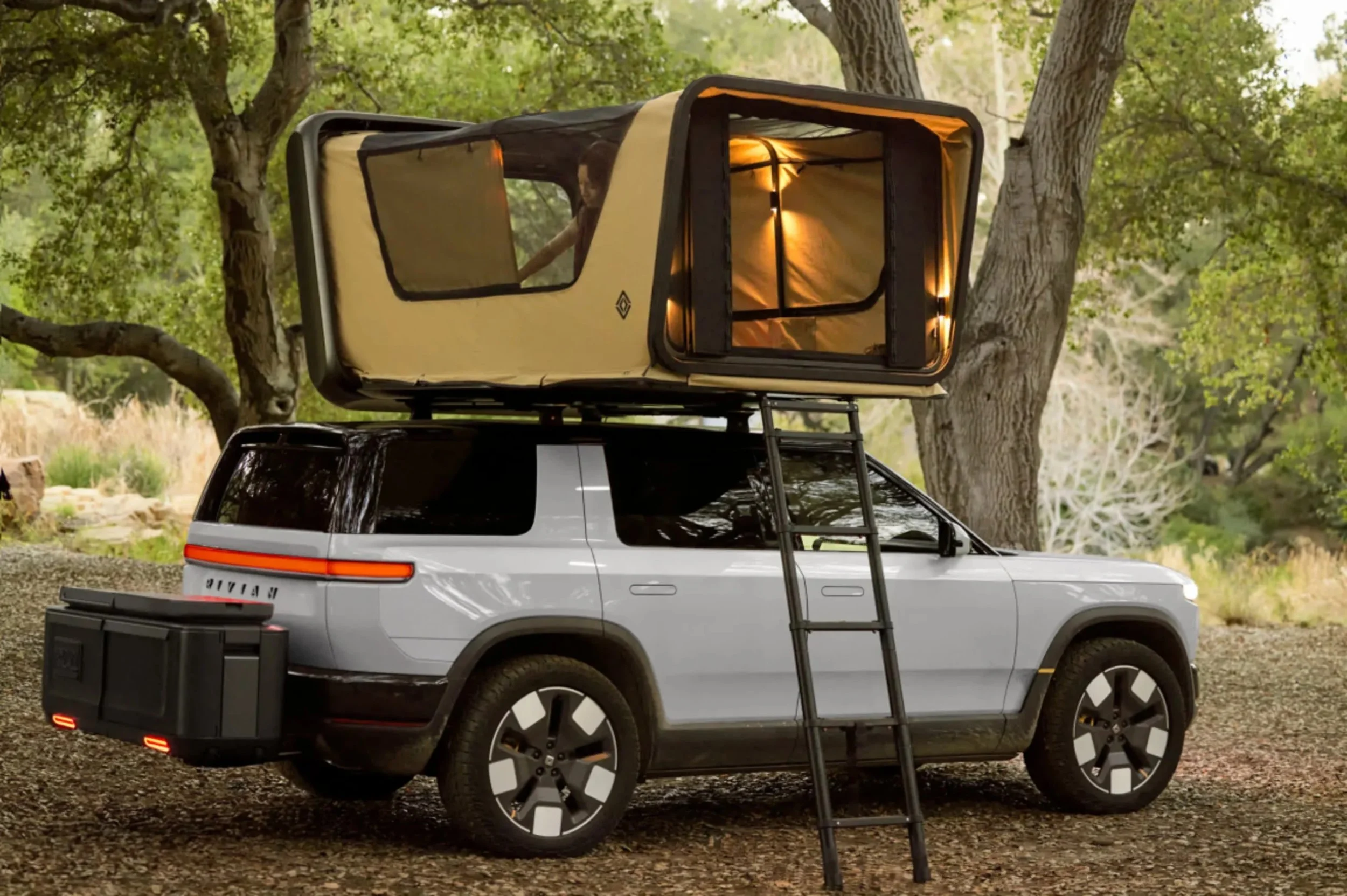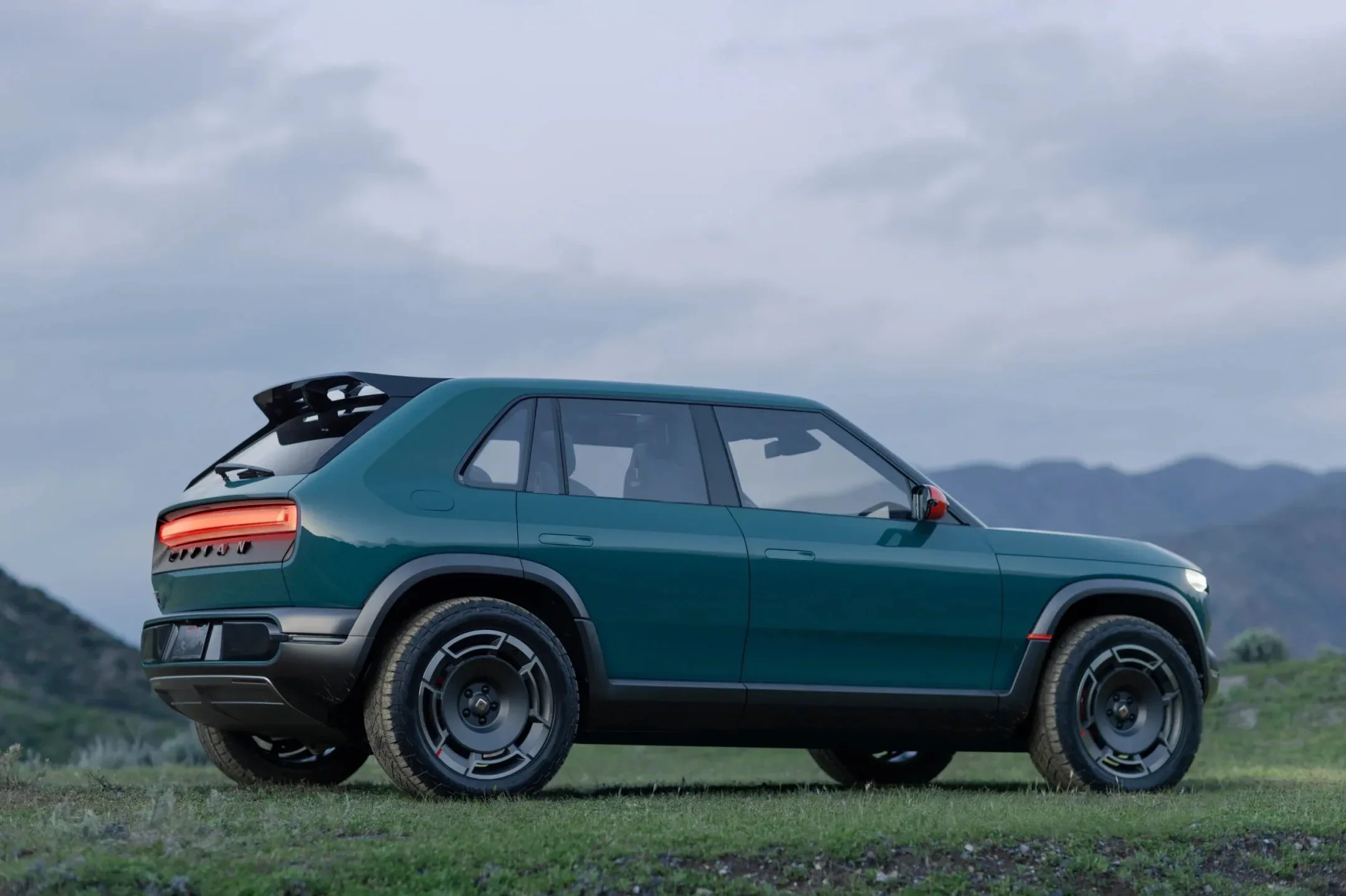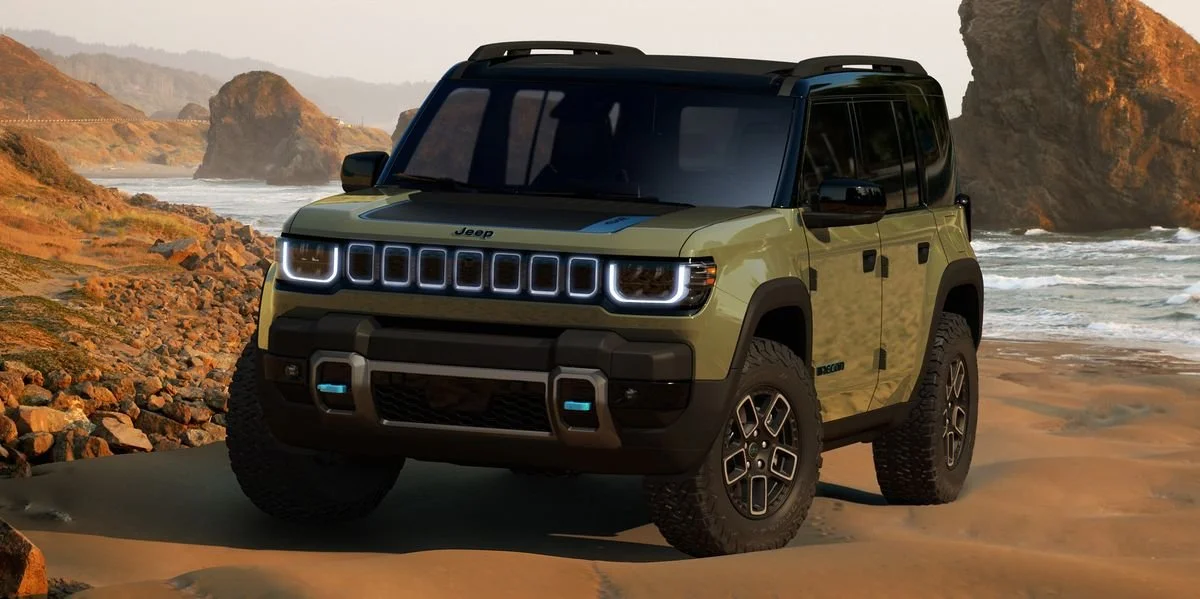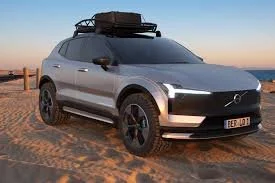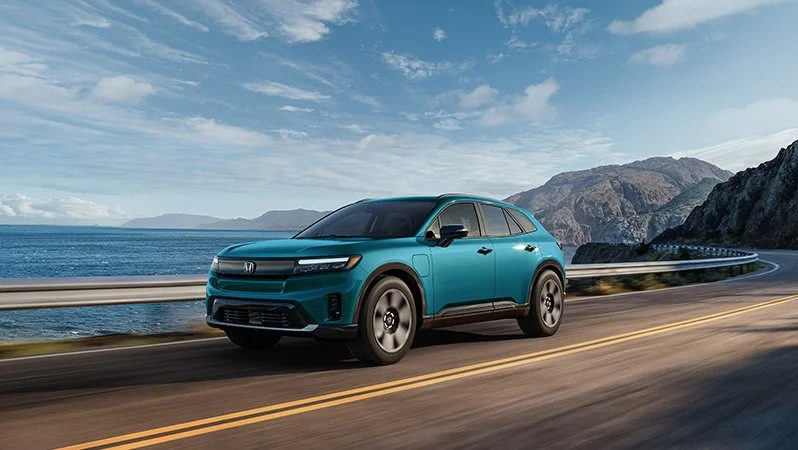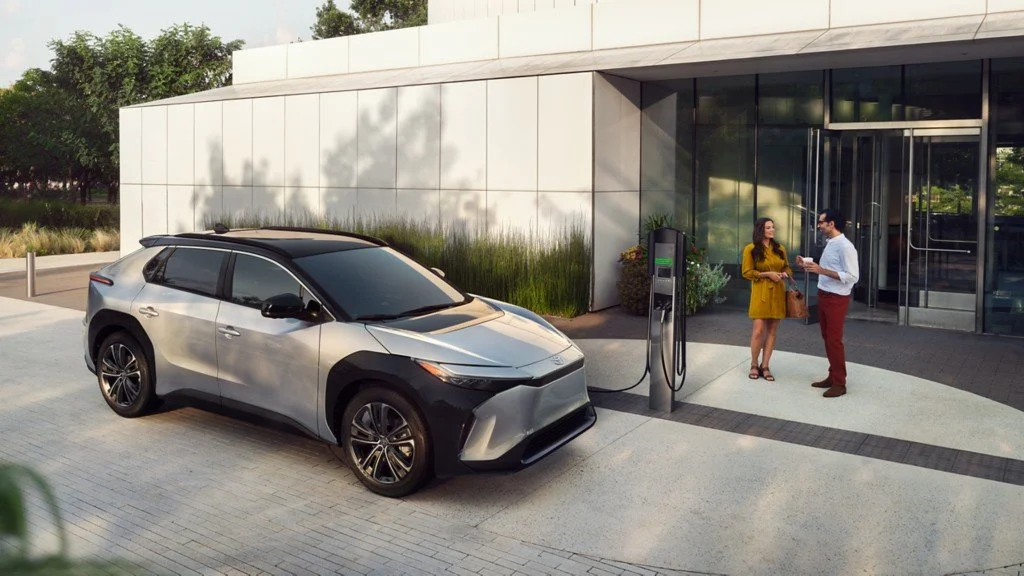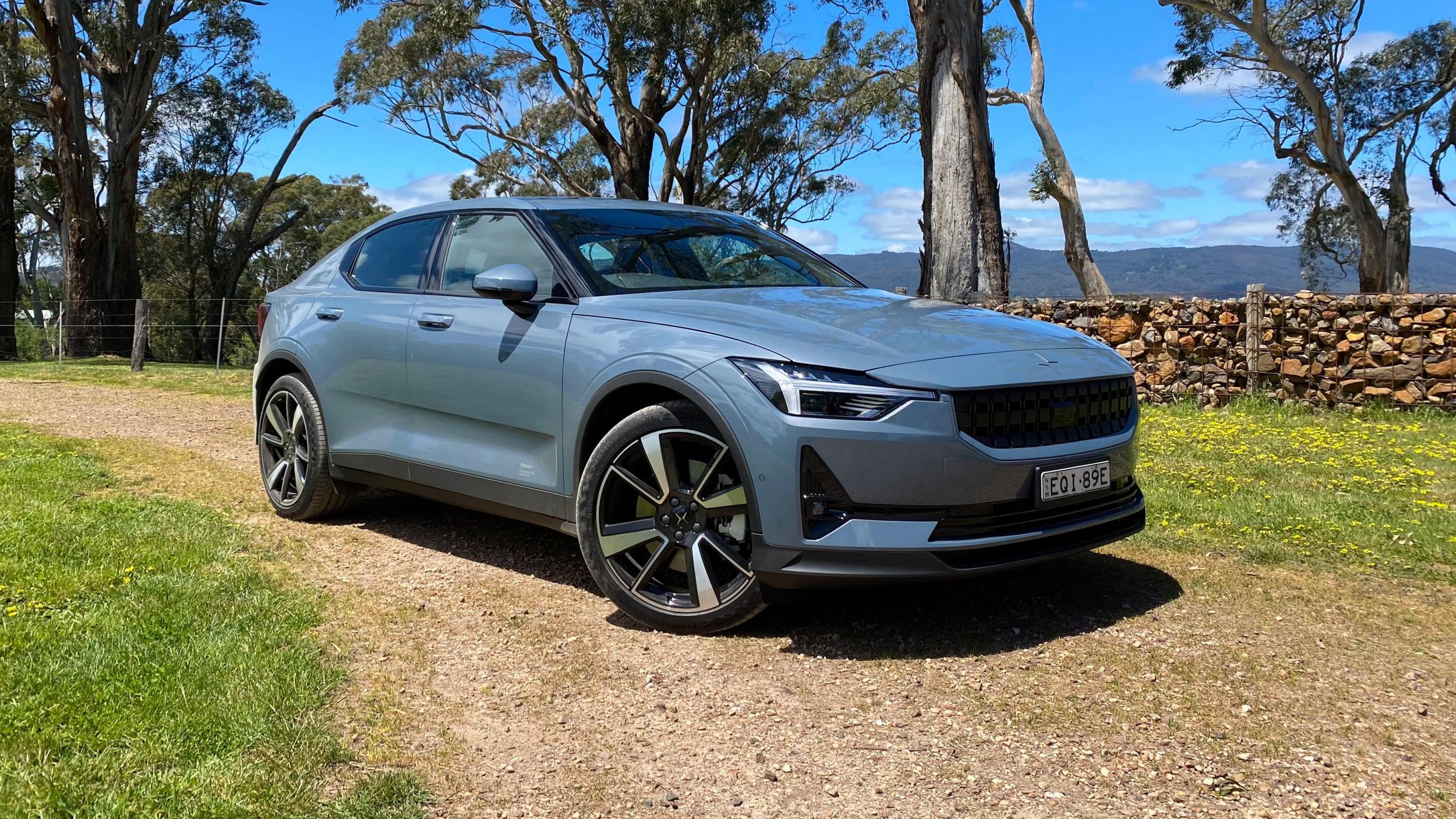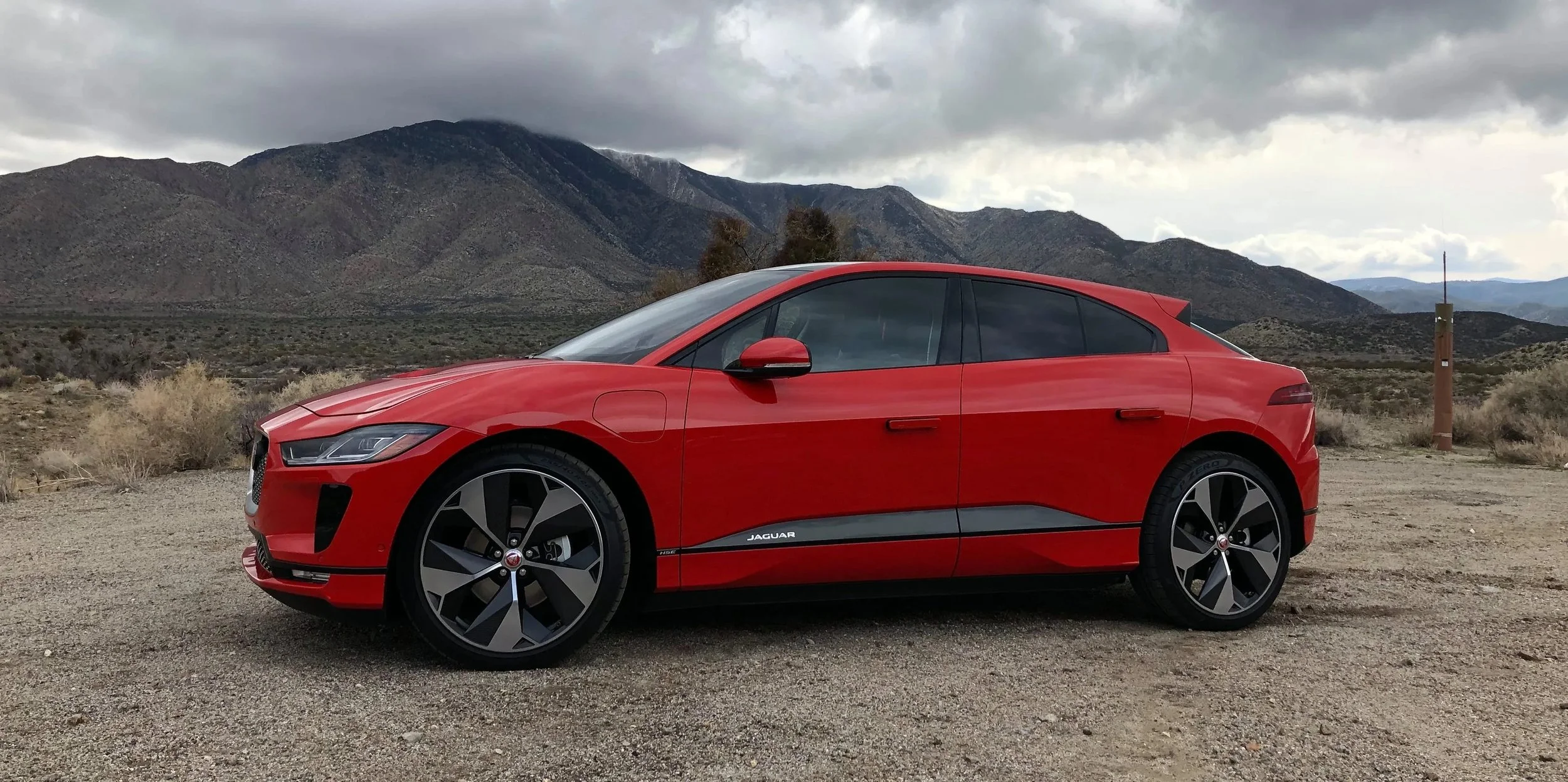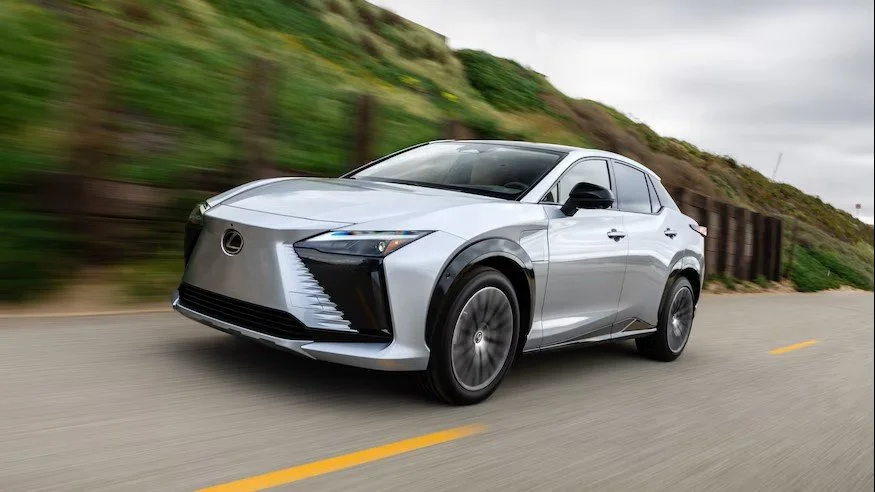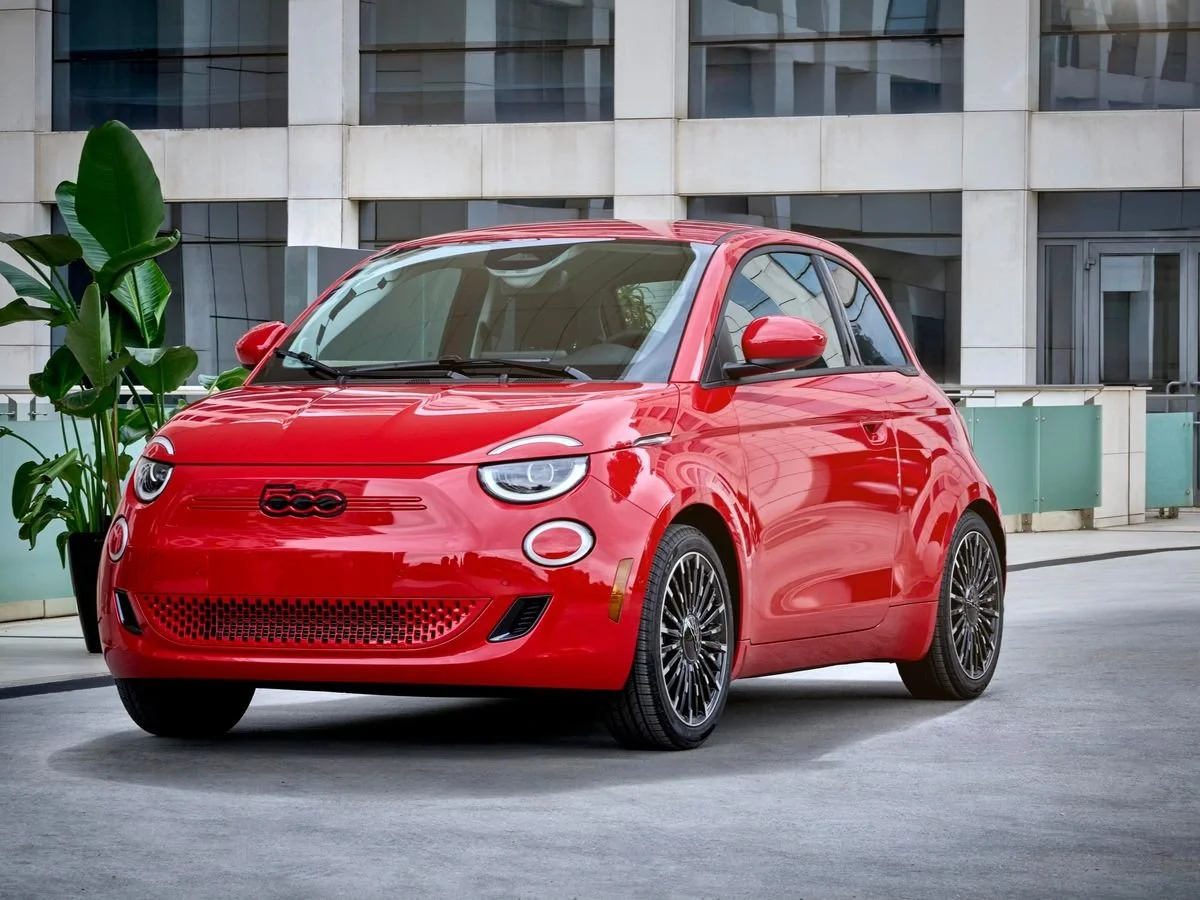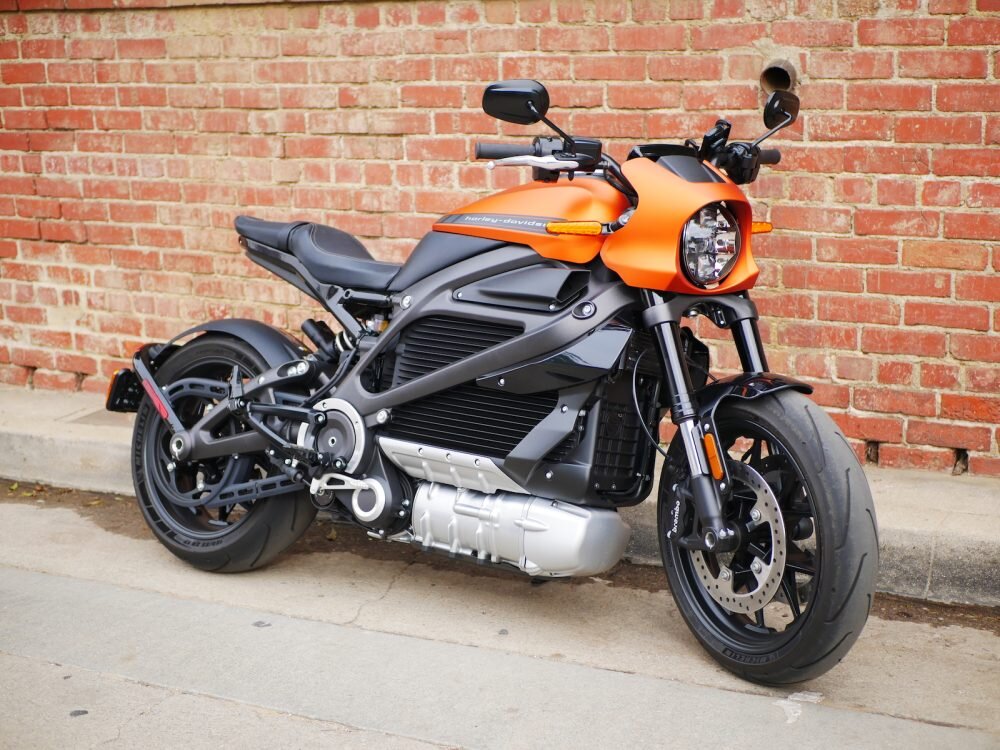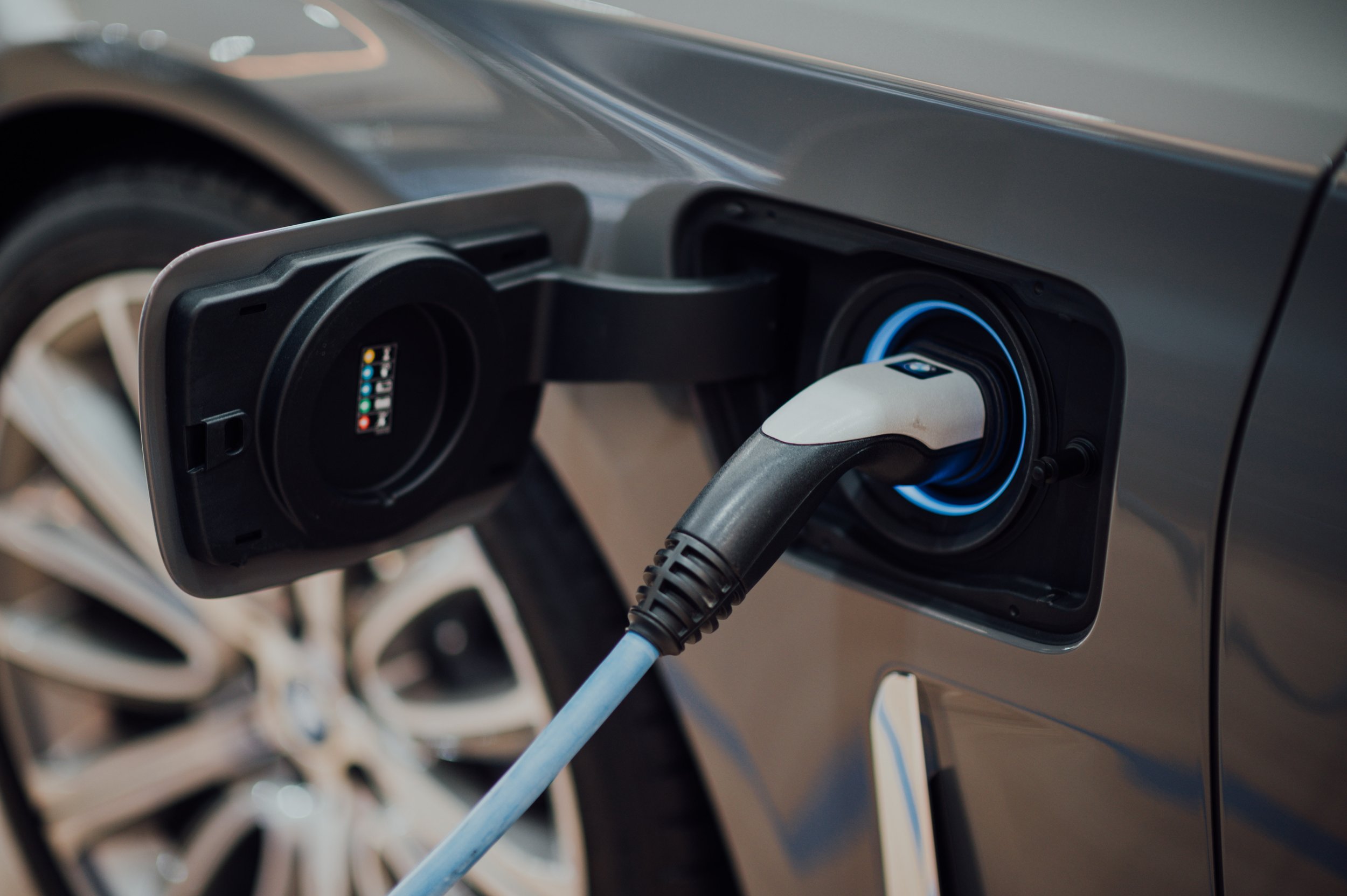
Transportation Electrification
Part 2: EV Consumer Options
Electric Vehicle Options
All images courtesy of each vehicle’s manufacturer
-
Ford F-150 Lightning
Rivian R1T
Chevrolet Silverado
GMC Electric Sierra
Chevy Blazer EV
Tesla Model Y
Dodge Ram Rev 1500
Rivian R1S
Ford Mustang Mach-e
Kia EV 9
Chevy Equinox EV
Rivian R3
Jeep Recon
Tesla Cybertruck
Dodge Charger Daytona SRT EV
Volkswagen ID Buzz Beach
Volkswagen ID 4
Tesla Model 3
Hyundai Ioniq 5
Kia EV 6
Subaru Solterra
Jeep Wagoneer S
Volvo EX 90
Volvo EX30
Honda Prologue
Nissan Ariya SUV
Nissan Leaf
Toyota BZ4X
Hyundai Ioniq 9
Volvo EX40
Audi Q4 e-tron
Tesla Model X
GMC Hummer
GMC Hummer SUV
Cadillac Escalade IQ
Polestar 2
Polestar 3
Tesla Model S
Hyundai Kona EV
Kia Niro EV
Chevy Bolt EV
Chevy Bolt EUV
Lucid Air
Lucid Gravity
Jaguar I-Pace
Porsche Taycan
Porsche Macan
Porsche Cross Turismo
Polestar 4
Polestar 5
Audi Q6 e-tron
Audi Q8 e-tron
Audi e-tron GT
Volkswagen ID 8
Genesis GV 60
Genesis GV 70
BMW I4
BMW IX
Mercedes EQB
Mercedes EQE
Mercedes EQS
Mercedes EQG
Lexus RZ450e
Dodge Ram ProMaster
Ford E-Transit 350
Mercedes eSprinter
Vinfast VF9
Vinfast VF8
Jeep Wrangler Magneto
Chrysler Airflow
Ford Explorer EV
Lincoln SUV
Mini Aceman
Fiat 500e
VW ID7
Hyundai Ioniq 6
Acura ZDX
Market Outlook: Electric Vehicles
Electric pickups and SUVs are coming on strong. Rivian’s R1T was first to market in September 2021. Ford Motor’s fully electric pickup truck, the F-150 Lightning, began customer deliveries in spring 2022. The fleet model starts at $40,000. Tesla’s Cybertruck, with up to 500 miles of range, is set for a 2023 release and is estimated to come to market at cost parity with internal combustion engine (ICE) equivalents.
Electric vehicle (EV) adoption will expand rapidly in the next 5-10 years. Most automakers are now putting the vast majority of their investments into EVs, which will lead to big changes in consumer choices.
Costs have fallen rapidly, underpinned by plunging battery prices and increased production efficiency. Soon, a number of vehicle classes will be at cost parity with ICE vehicles due to falling battery costs. Cost parity will rapidly drive what some experts refer to as a tipping point for EV adoption.
EVs Offer Significant Load Growth Benefits
Electric vehicles offer utilities opportunities for increased revenue just like other forms of electrification. Controllable load is an exceptional type of load growth to harness as it can help to mitigate peak capacity issues.
One household purchasing an electric pickup or SUV can increase its energy use by 68%
* Based on national average home energy use of 30 kWh/day and adding one electric truck/SUV driven 15,000 mi/yr per vehicle, which would require an additional 20.5 kWh/day
Scaling this calculation to 1,000 homes in a service territory is an increase of 625 MWh/month
Electric Vehicle Education
Forth Mobility staff conducting outreach to drivers at Portland International Airport. Photo Credit: Forth
While offerings for rural America like electric pickups and SUVs are coming on strong, there is still an education gap surrounding EVs. The utility can act as a trusted source to help inform utility staff, the general public and fleet customers.
Annual meetings, parades, and community events offer great opportunities for the utility to showcase electric offerings. In particular, “Ride and Drives” are an important tool the utility can deploy to help demonstrate the benefits of EVs to customers. Ride and drives can also provide the opportunity for the utility to build relationships with auto dealers and perhaps further incentivize sales.
Collaborating with auto dealers in and around the utility service territory is an important strategy to help inform customers and potentially provide sales or vehicle incentives. Section 4’s TE Program Framework (coming soon) will dive deeper into the details describing how to plan and implement successful Ride and Drive events to help inform the utility’s customers.
For additional information, see Section 5: Marketing
Electrification Goes Beyond Cars and Trucks
Harley-Davidson LiveWire. Photo Credit: Harley-Davidson
Back-country enthusiasts, urban commuters, and road trippers are all getting a taste of electrification.
Other electric vehicle options include motorcycles, dirt bikes, Ebikes (commuters, kid carriers to mountain bikes and some that blur the motorcycle line), snow mobiles, side by sides / Utility Task Vehicles (UTVs), RVs, boats, and jet skis.
Additional Resources
Electrek: the top EV news site with a strong understanding of the industry trajectory




